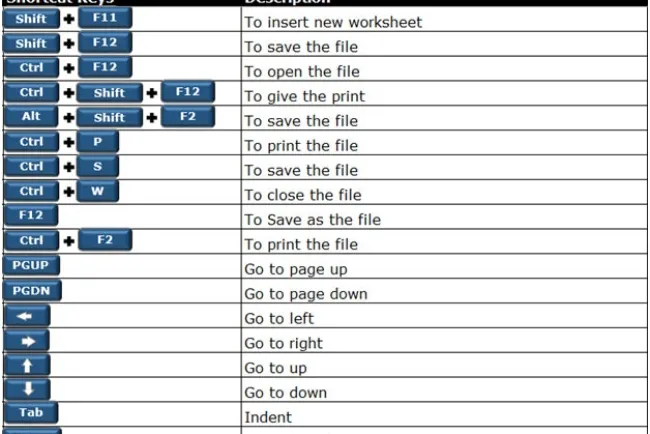Exploring Watering Methods and Their Uses...!!!
Selecting the right watering method is vital for plant health and productivity. From hand watering and drip irrigation to sprinkler systems and flood irrigation, each method has its advantages and applications. Understanding the benefits of different watering methods helps gardeners and farmers make informed decisions to optimize their watering practices and promote sustainable agriculture.

Watering is an essential practice in gardening and agriculture, ensuring that plants receive the necessary moisture for growth. Different watering methods are suited to various plant types, soil conditions, and environmental factors.
Types of Watering Methods
-
Hand Watering:
-
Description: Hand watering involves using a hose, watering can, or sprinkler to manually water plants.
-
Uses: Ideal for small gardens, potted plants, and areas that need precise watering. Suitable for delicate plants and seedlings.
-
Advantages: Offers control over the amount of water each plant receives and allows for targeted watering.
-
-
Drip Irrigation:
-
Description: Drip irrigation utilizes a network of hoses, tubes, and emitters to deliver water directly to the plant's root zone.
-
Uses: Perfect for vegetable gardens, flower beds, and orchards. Ideal for areas with water restrictions or where water conservation is crucial.
-
Advantages: Minimizes water wastage, reduces evaporation and runoff, and provides consistent moisture to plants.
-
-
Soaker Hoses:
-
Description: Soaker hoses are porous hoses that release water slowly along their length, allowing it to seep into the soil.
-
Uses: Effective for garden beds, borders, and densely planted areas. Suitable for plants needing deep, infrequent watering.
-
Advantages: Ensures even water distribution, reduces water wastage, and promotes deep root growth.
-
-
Sprinkler Systems:
-
Description: Sprinkler systems use a network of pipes and sprinkler heads to spray water over a large area.
-
Uses: Suitable for lawns, large gardens, and agricultural fields. Ideal for covering extensive areas with uniform watering.
-
Advantages: Covers large areas quickly, can be automated with timers, and provides even water distribution.
-
-
Furrow Irrigation:
-
Description: Furrow irrigation involves creating shallow channels or furrows between rows of crops and flooding them with water.
-
Uses: Commonly used in agricultural fields for row crops like corn, soybeans, and vegetables.
-
Advantages: Simple and cost-effective, allows for large-scale irrigation, and adaptable to various soil types.
-
-
Flood Irrigation:
-
Description: Flood irrigation inundates the entire field with water, allowing it to soak into the soil.
-
Uses: Suitable for crops that tolerate standing water, such as rice and certain grains. Common in areas with abundant water supply.
-
Advantages: Low cost, simple to implement, and can enhance soil fertility by leaching salts from the soil.
-
-
Center Pivot Irrigation:
-
Description: Center pivot irrigation uses a rotating arm with sprinklers that pivot around a central point, irrigating a circular area.
-
Uses: Ideal for large agricultural fields and pastures. Commonly used for crops like corn, wheat, and alfalfa.
-
Advantages: Efficient water distribution, covers large areas with minimal labor, and can be automated.
-
-
Subsurface Irrigation:
-
Description: Subsurface irrigation involves burying pipes or tubes below the soil surface to deliver water directly to the root zone.
-
Uses: Suitable for high-value crops, landscapes, and sandy or well-drained soils.
-
Advantages: Reduces water loss due to evaporation, minimizes weed growth, and provides consistent moisture to plants.
-

Benefits of Watering Methods
-
Improved Plant Health:
-
Proper watering ensures plants receive the necessary moisture for growth, leading to healthier, more productive plants.
-
-
Water Conservation:
-
Efficient watering methods like drip irrigation and soaker hoses reduce water wastage and promote conservation.
-
-
Weed Control:
-
Targeted watering minimizes water contact with weeds, reducing their growth and competition with desired plants.
-
-
Reduced Labor:
-
Automated systems like sprinklers and center pivot irrigation decrease the need for manual labor and save time.
-
-
Enhanced Crop Yields:
-
Consistent, adequate watering improves crop yields and quality, benefiting both farmers and gardeners.
-
-
Soil Health:
-
Proper watering maintains soil structure, prevents erosion, and promotes healthy microbial activity.
-
-
Flexibility:
-
Different methods can be adapted to various plant types, soil conditions, and environmental factors, providing flexibility in garden and farm management.
-
Selecting the right watering method is vital for plant health and productivity. From hand watering and drip irrigation to sprinkler systems and flood irrigation, each method has its advantages and applications. Understanding the benefits of different watering methods helps gardeners and farmers make informed decisions to optimize their watering practices and promote sustainable agriculture.
What's Your Reaction?

















